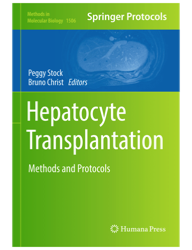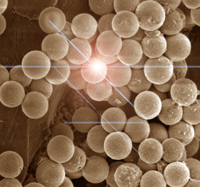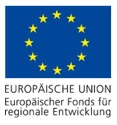Monitoring of hepatocyte transplantation by MRI

This volume features up-to-date protocols for the isolation, preservation, and validation of various cell sources comprising large and small animal models, examining the impact of cell transplantation on acute and chronic liver diseases. Hepatocyte Transplantation: Methods and Protocols guides readers through laboratory protocols for the generation of humanized livers for the assessment of biological actions in vivo and techniques to monitor cell engraftment after cell transplantation in vivo are described and procedures for computational analyses of hepatocyte transplantation.
Written in the highly successful Methods in Molecular Biology series format, chapters include introductions to their respective topics, lists of the necessary materials and reagents, step-by-step, readily reproducible laboratory protocols, and tips on troubleshooting and avoiding known pitfalls. Comprehensive and practical, Hepatocyte Transplantation: Methods and Protocols is an essential resource for researchers and clinicians to assess the biological as well as the therapeutic potential of hepatocyte transplantation.




